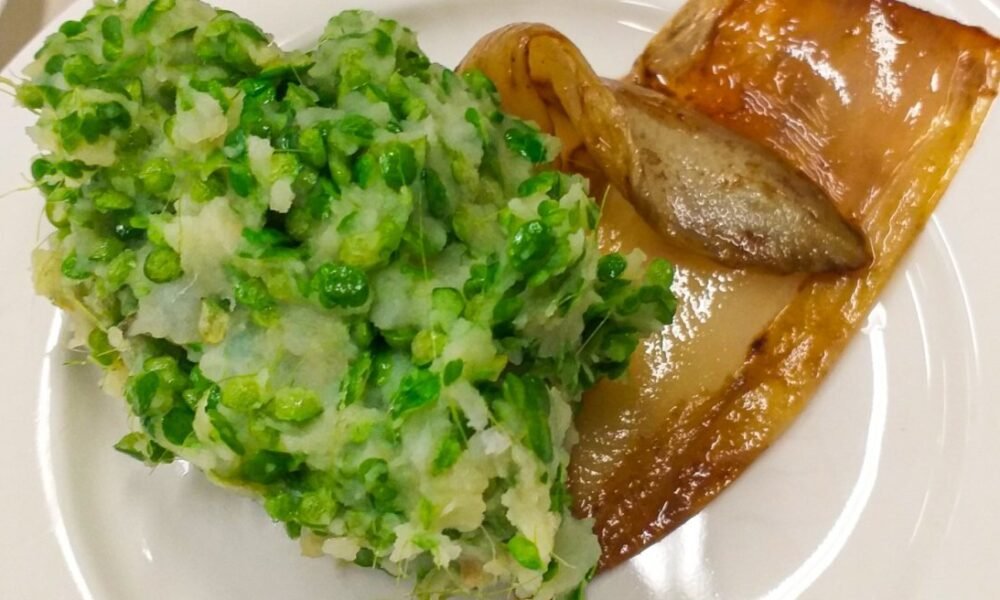The tiny green plants that float – and rapidly multiply – in stagnant water
Water lentils, a protein-rich and sustainably cultivated plant have now been officially approved as a vegetable in Europe. It could make a significant contribution to the protein transition and the global food challenge. However, to achieve this, both producers and consumers need to become more familiar with this innovative vegetable.
Most people know water lentils as duckweed. The tiny green plants that float – and rapidly multiply – in stagnant water. In Thailand and other Asian countries, water lentils are eaten; they are primarily sold at local markets. Water lentils are not yet a food staple in the West, although the vegetable is hardly new. As early as 1644, a Dutch herbal book referred to ‘Water Linsen oft Enden Groen’ (Water Lentils or Duckweed).
Ingrid van der Meer first got interested in water lentils about ten years ago. The senior researcher and head of the Bioscience department at Wageningen Plant Research thought it was ‘a highly interesting plant’. ‘They have several biological processes that differ from those of other plants. From a scientific point of view, water lentils are very intriguing.’ For her research, the impression that water lentils left on her only grew. ‘They grow quickly, are suitable for contained cultivation and their dry weight contains massive amounts of protein.
In many ways, water lentils are an ideal vegetable for the future. ‘They are an exceptionally sustainable vegetable’, Van der Meer explains. “They are cultivated on water and don’t need many nutrients. Of course, water is a precious commodity, but in a simple greenhouse or vertical farm, growers can employ this very efficiently.’ The production of water lentils does not require any farmland, which means it can be grown indoors, even in cities. On top of that, growers do not need to use pesticides.







